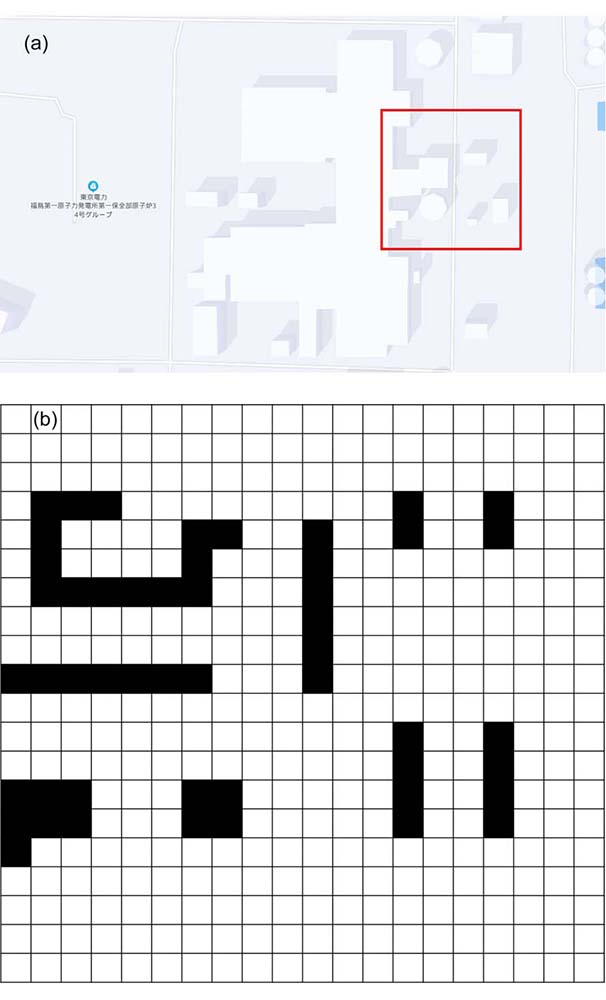Zhaojin LUO, Chengfeng LIU, Wenbao JIA, Qing SHAN, Chao SHI, Jiandong ZHANG, Daqian HEI, Xiaojun ZHANG, Yongsheng LING. Complete coverage path planning of nuclear radiation field using bio-inspired neural network[J]. Journal of Radiation Research and Radiation Processing, 2024, 42(1): 010601
Search by keywords or author
Journals >Journal of Radiation Research and Radiation Processing >Volume 42 >Issue 1 >Page 010601 > Article
- Journal of Radiation Research and Radiation Processing
- Vol. 42, Issue 1, 010601 (2024)
Note: This section is automatically generated by AI . The website and platform operators shall not be liable for any commercial or legal consequences arising from your use of AI generated content on this website. Please be aware of this.
Abstract

Set citation alerts for the article
Please enter your email address


 AI Video Guide
AI Video Guide  AI Picture Guide
AI Picture Guide AI One Sentence
AI One Sentence


